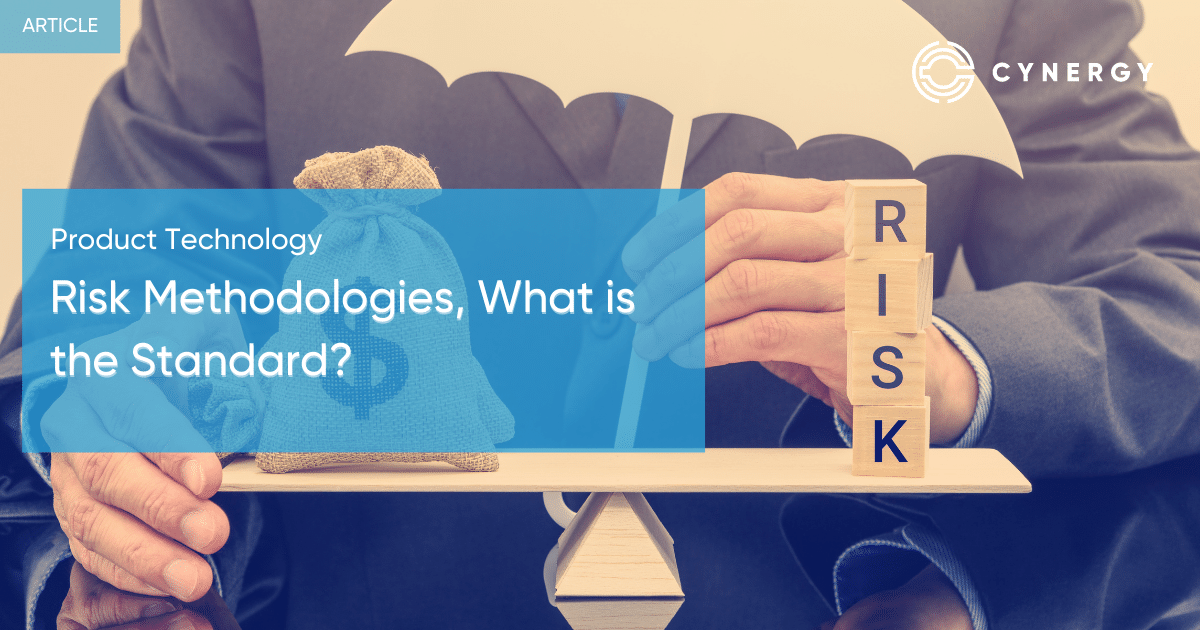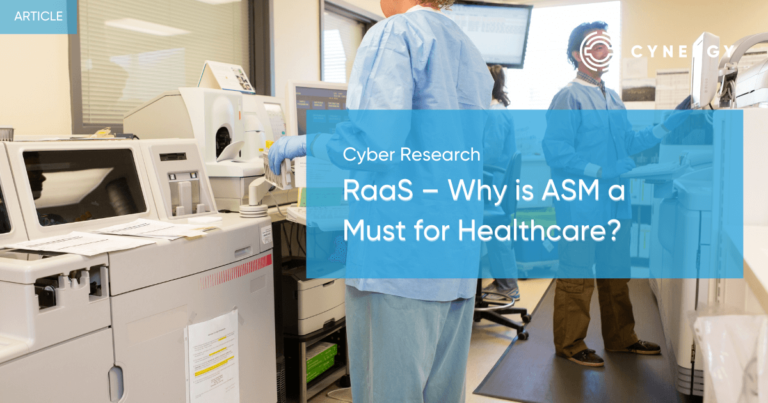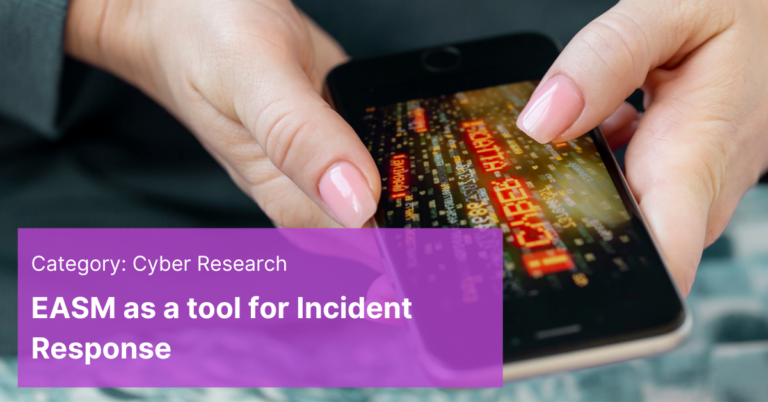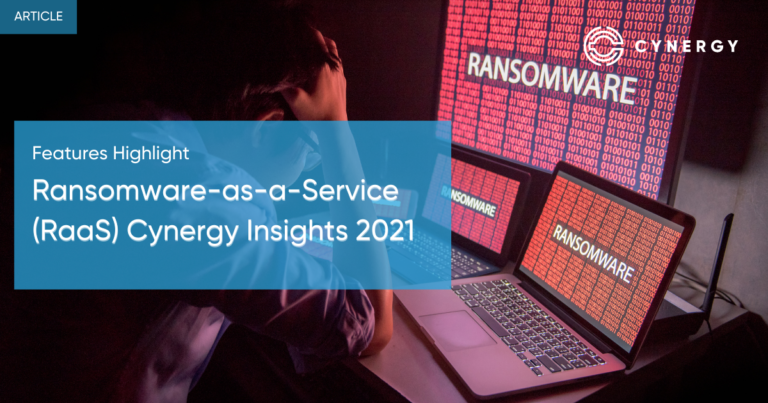Organizations face risks every day. It is unquestionably part of getting business done, more so in the digital world. For this reason, managing risk is crucial. The process mainly starts with a risk assessments. Needless to say, if you fail to assess your business risks, you cannot manage them properly. As a result, you leave your organization exposed to threats.
Meanwhile, many regulations across industries require risk assessments. For instance, healthcare service providers must conduct cyber risk assessments. This initiative is a requirement under the HIPAA regulation. However, organizations should not conduct risk assessments for compliance only. Instead, they should invest in a risk methodology that strengthens their knowledge of potential vulnerabilities. Simply put, the ultimate goal of risk management is to control IT-related risks better.
What do you need for a successful risk assessment process? Mainly, organizations need a standard risk methodology that aligns with their business goals. What’s more, the standard should help them manage risks cost-effectively.
The Scope of Risk Assessments
Certainly, you can perform a risk assessment on any application, process, or function within your company. IT-related risks inevitably cover the entire organization, including vendors and customer base.
Plot-revealing information is that no company can perform a risk assessment on everything. On that account, you need to develop an operational framework that fits the organization’s scope, size, and complexity. The process entails discovering essential internal and external systems. You should also identify processes that have protected and sensitive information. Mostly, security professionals focus on healthcare, personal, and financial data. Afterward, you can develop a risk assessment schedule based on asset criticality. Applying this framework provides a practical and cost-effective plan to protect your crown jewels. At the same time, the operational framework maintains a balance between business productivity and information security.

Understanding Categories of Risks Affecting Your Business
After determining an operational framework, you embark on specific risk assessments for identified assets. When doing that, it is essential to understand the different risk categories that may affect your business. Some of the categories include:
- Strategic risks: these risks are related to adverse business decisions. Mainly, they arise when an organization fails to implement appropriate business decisions regarding cybersecurity. Companies need to implement such crucial decisions in a way that is consistent with the strategic business objectives
- Reputation Risks: the risks are related to negative publicity and damage to a brand
- Operational: these risks arise from failed and inefficient internal processes, people, and systems. Also, external events lead to operational risks
- Transactional: the risks result from service or product delivery problems
- Compliance: the risks are related to violations of regulations and laws. Apart from industry and government rules, compliance risks arise from non-compliance with internal policies and procedures.
Request a Live Demo
Want to enhance your cybersecurity operations?
Are you looking for your first cybersecurity expert?
Want to gain visibility for your exposed assets?
You can request a live demo by scheduling date and time on our available hours:
The Standard Risk Methodology
Various frameworks guide in conducting risk assessments in information systems. For instance, NIST provides a Risk Management Framework as a disciplined, structured, and flexible process for managing security and risks. The framework provides comprehensive, flexible, repeatable, and measurable 7-step processes that organizations can use to manage information security and privacy risks.
ISO 27001 cybersecurity framework also offers international standards which recommend the requirements for managing information security. The standard observes a risk-based process that requires enterprises to put in place measures for discovering threats that impact information and systems.
The risk methodology features the following steps:
- Prepare
The preparation step involves conducting essential activities to prepare the entire organization to manage its security and privacy risks. During the preparation stage, you identify the risk assessment purpose and scope. Other than that, you should identify the assumptions and constraints associated with the risk assessment. You also discover all the information sources acting as the assessment’s input.
- Categorize
The second step involves categorizing the systems and information processed, stored, and shared based on impact analysis. NIST RMF recommends organizations determine the adverse impact with respect to the loss of confidentiality, integrity, and availability of systems and information.
Categorizing systems and information assets helps you determine viable threats. For instance, you can determine the asset, the kind of data it uses, and the vendor. Also, this step determines the internal and external interfaces present and users authorized to access a system. Other information gathered in this step includes data flows and location where an asset stores information.
- Identify Threats
This step identifies basic threats that are in any risk assessment. For instance, you can identify issues like unauthorized access, either accidental or malicious. Other risks include information misuse by authorized users and unintentional exposure (data leakage).
- Examine the Control Environment
You need to consider your information categories to assess the control environment adequately. This step aims to identify threat prevention and mitigation controls and their connection to the identified threats. Examples of controls in an organization include organization risk management controls, administration controls, and technical controls.
NIST RMF recommends organizations determine if they implement controls correctly. On the other hand, ISO 27001 recommends various controls that can mitigate security risks. For instance, the standard advocates information security policies to help employees understating their role in maintaining security. Organizations have ample references to ensure that their controls are operating as intended to produce the desired outcome with respect to meeting security and privacy requirements. In this case, you can define controls as satisfactory, needs improvement, or inadequate.
- Authorize
Organizations can provide accountability by requiring a senior official to determine if the security and privacy risk is acceptable. Under this step, enterprises should authorize systems before promoting them to production. Typically, the decision to authorize a system to operate depends on its security and privacy posture.
- Report and Monitoring
You should review the entire risk management process regularly. This approach is crucial considering that companies keep introducing new technologies that potentially introduce other risks to their crown jewels. Undoubtedly, businesses continually update IT systems and replace software applications. Consequently, new risks surface, and previously mitigated threats evolve into new ones. In that case, the risk management process must be an ongoing initiative to combat existing and emerging vulnerabilities.
It is also essential to maintain ongoing communication and information sharing between various stakeholders. For instance, it is necessary to share risk assessment findings between subject matter experts, information security officers, employees, and business owners.

Cynergy – Complementing your Risk Methodology
Cynergy provides a strategic risk-driven platform for lean cybersecurity teams managing multiple product lines to support secure, agile development on a huge scale. Some of the capabilities Cynergy offers for your risk methodology include:
- Asset discovery – Cynergy continuously identifies all assets associated with your organization. The solution also discovers publicly exposed cloud interfaces, subdomains, and websites that you need to secure
- Threat identification – you can take control of your externally exposed cloud, mobile, web, and infrastructure assets while identifying leaks or your sensitive company and employee data. The solution gives the first clear view of the threats against your organization
- Strategy development and risk assessment – Cynergy verifies that new code development and deployment are vulnerability-free. The solution actively tries to exploit them to identify and highlight the vulnerabilities that need your attention
- Building prioritized action plan – Cynergy provides a prioritized AI-based action plan grounded on identified exploitable vulnerabilities. What’s more, you can act upon the action plan directly from the Cynergy platform. For instance, you can use the solution to assign activities, manage tickets, outsource tasks, and so on. Apart from enhancing your security posture, each activity performed with Cynergy brings you closer to complying with regulations. The solution also ensures that your efforts meet clients’ security demands.






